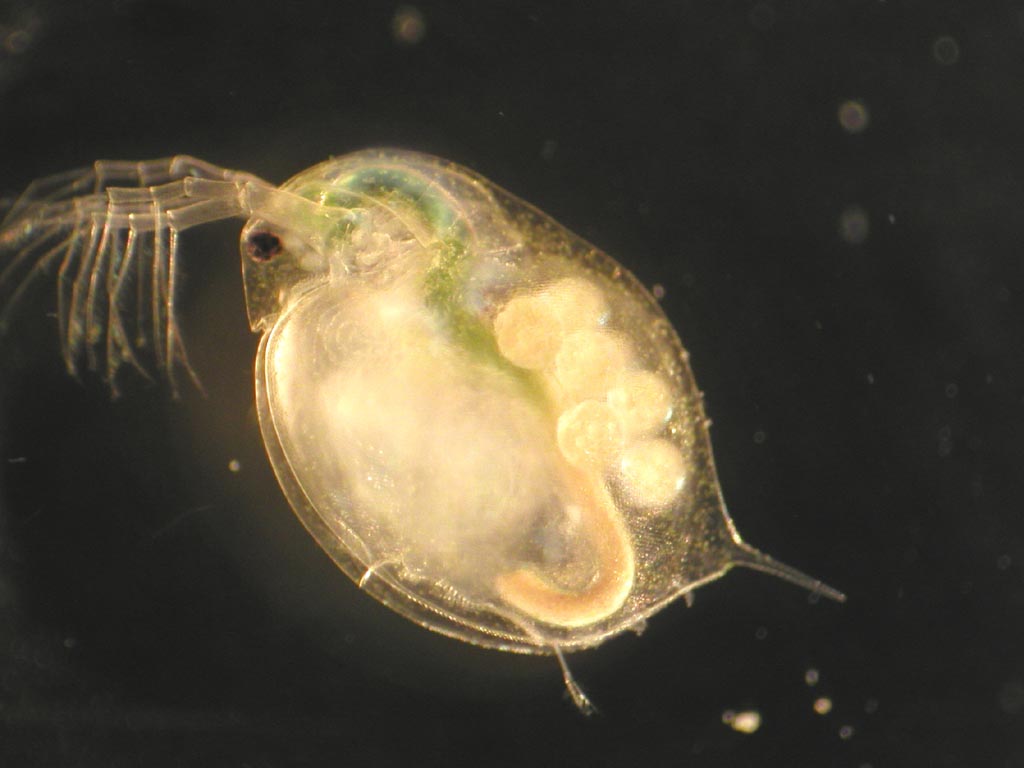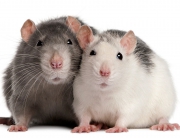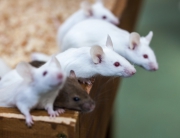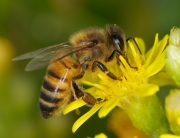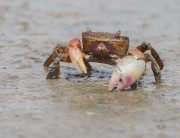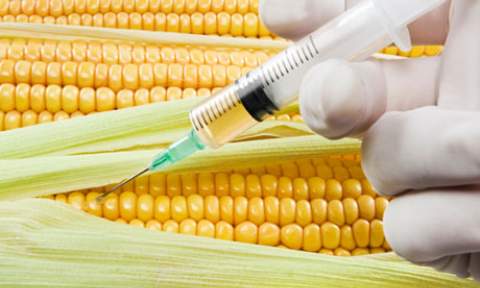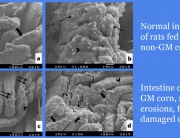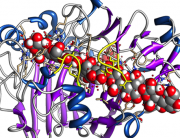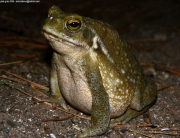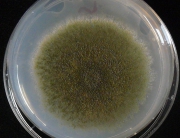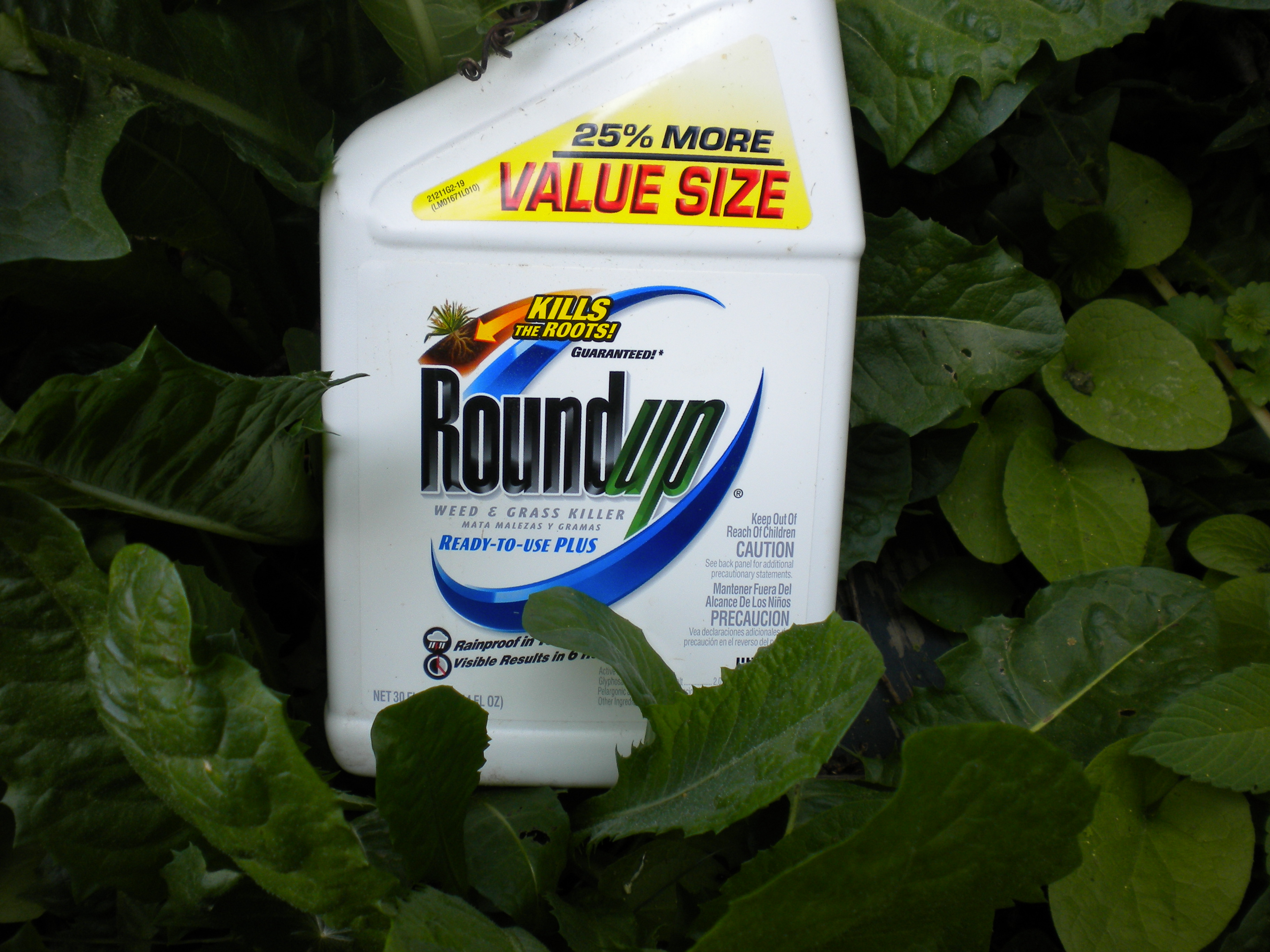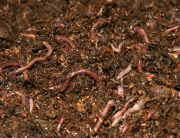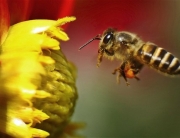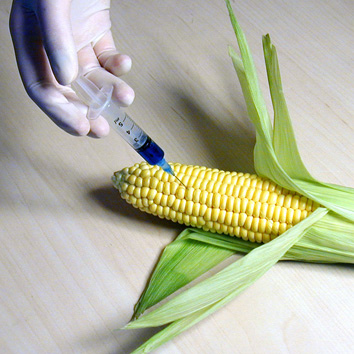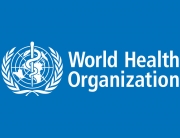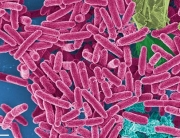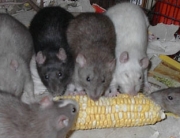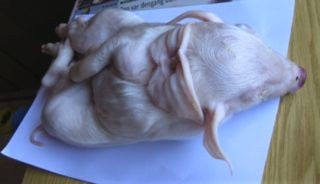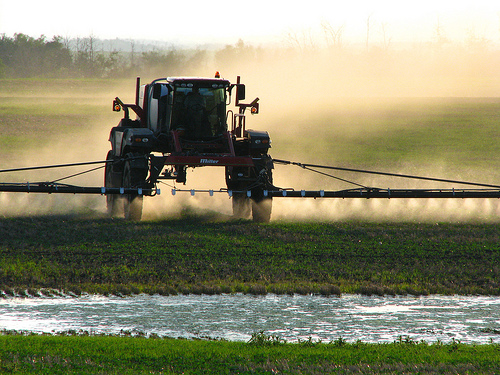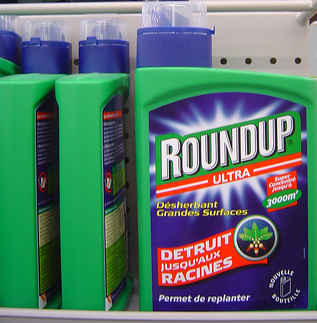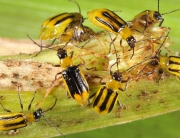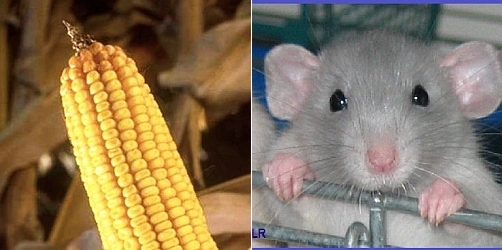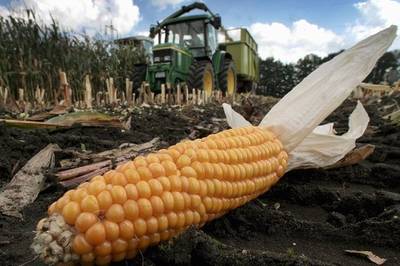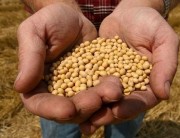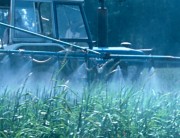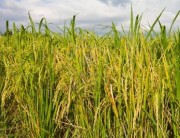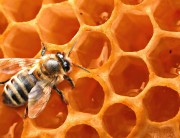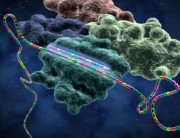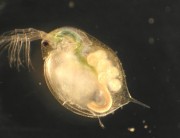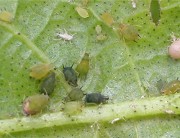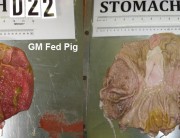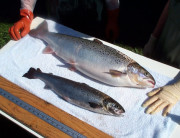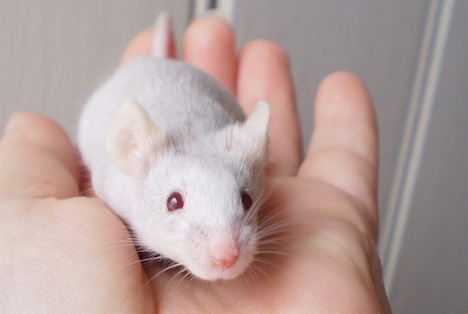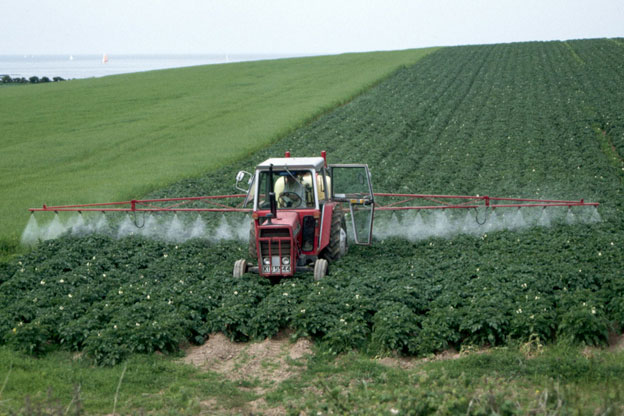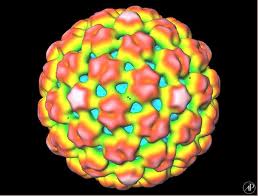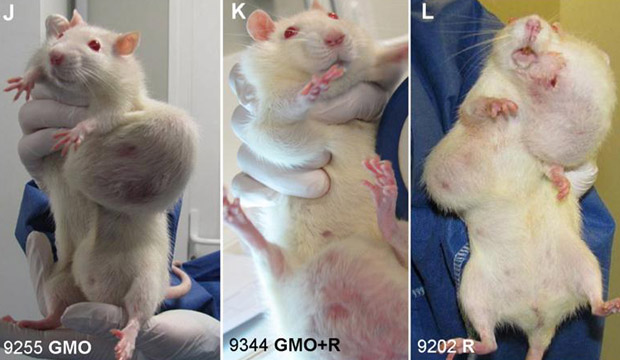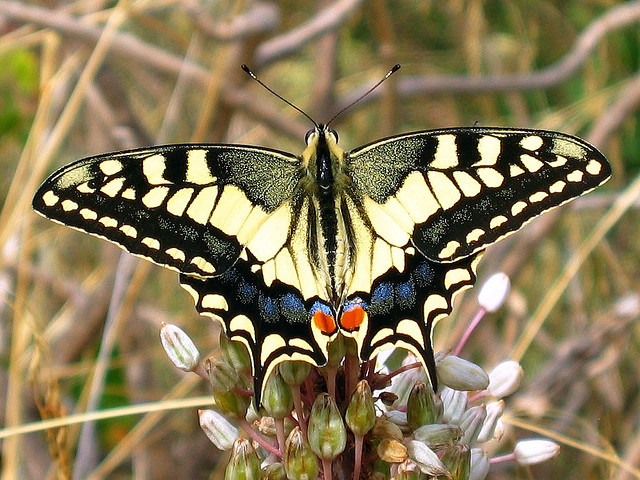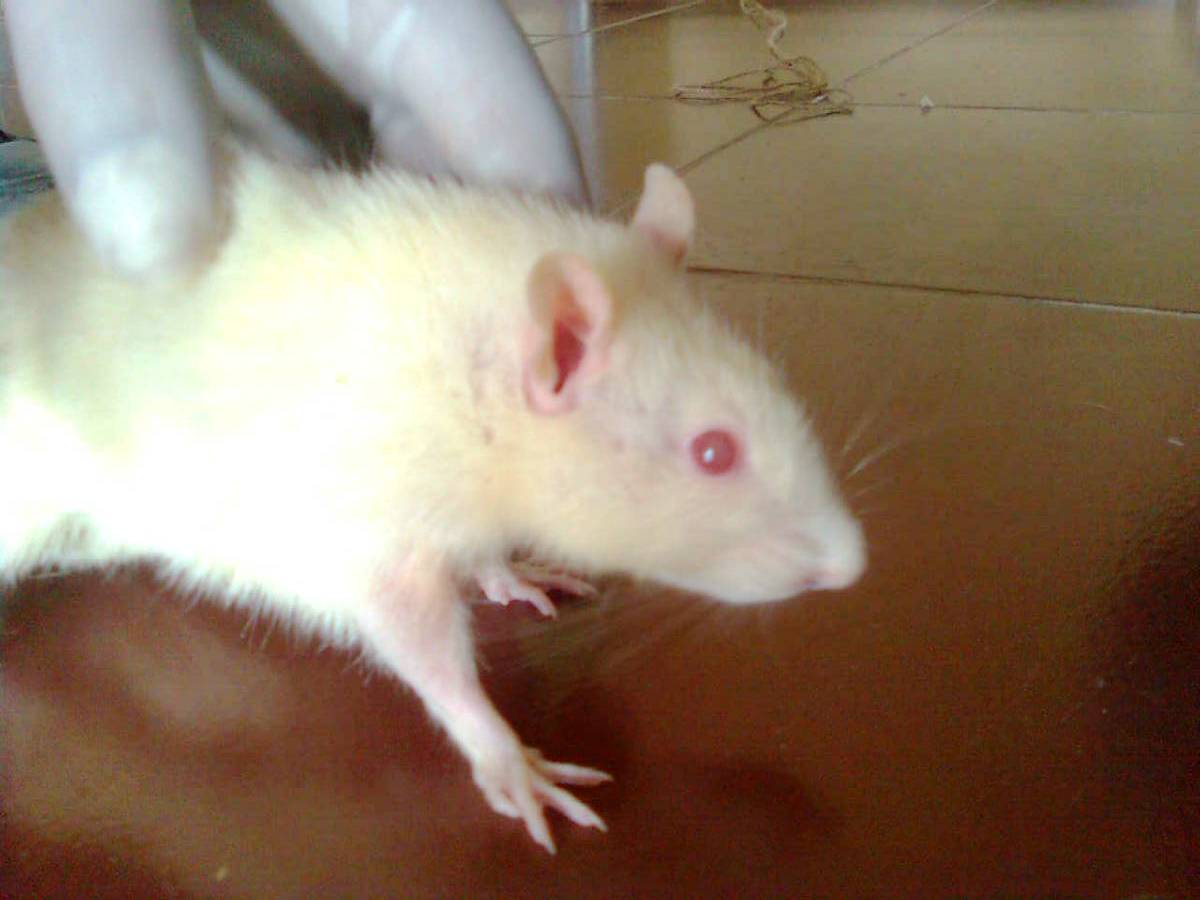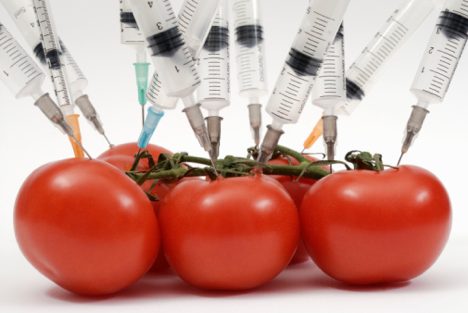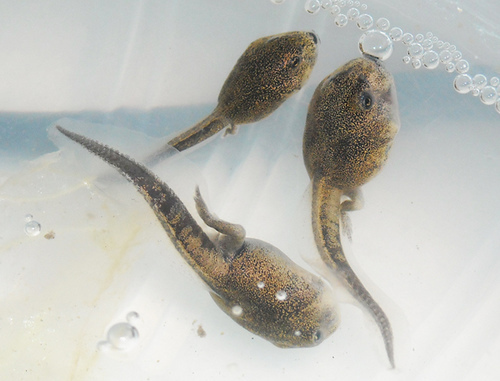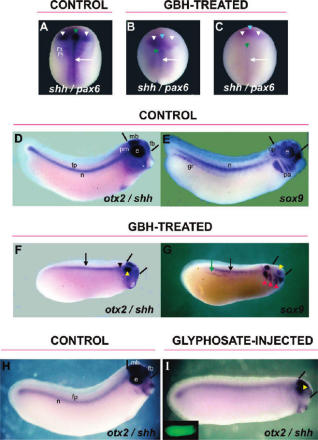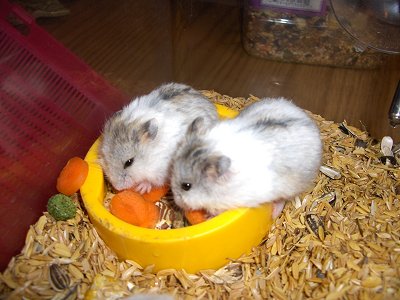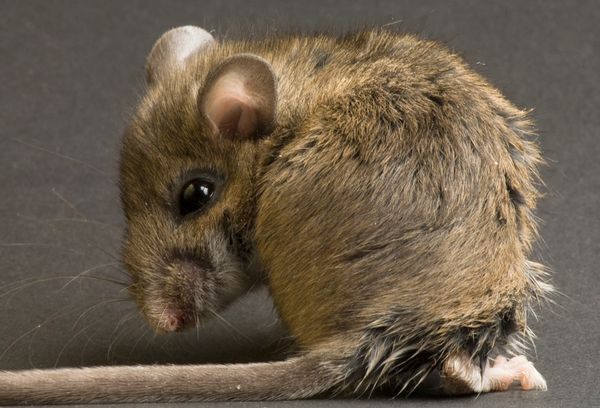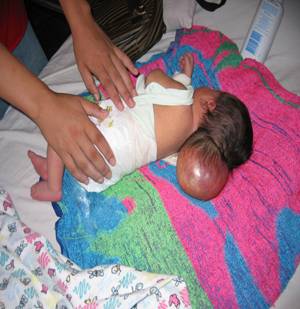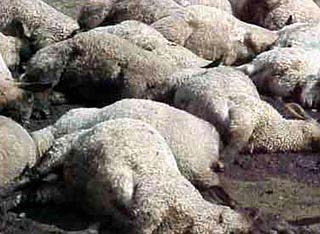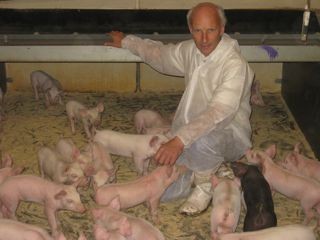Long-term exposure to leaves of MON810 GM Bt maize causes reduced growth and fertility in Daphnia magna (water flea), compared with the level of the non-GM parent variety (isoline), a new study has found.
Chronic Responses of Daphnia magna Under Dietary Exposure to Leaves of a Transgenic (Event MON810) Bt-Maize Hybrid and its Conventional Near-Isoline.
Full Study: http://www.ncbi.nlm.nih.gov/pubmed/26262442
Authors: Ferreira Holderbaum D, Cuhra M, Wickson F, Orth AI, Nodari RO, Bøhn T.
Abstract:
Insect resistance is the second most common trait globally in cultivated genetically modified (GM) plants. Resistance is usually obtained by introducing into the plant’s genome genes from the bacterium Bacillus thuringiensis (Bt) coding for insecticidal proteins (Cry proteins or toxins) that target insect pests. The aim of this study was to examine the hypothesis that a chronic, high-dose dietary exposure to leaves of a Bt-maize hybrid (GM event MON810, expressing a transgenic or recombinant Cry1Ab toxin), exerted no adverse effects on fitness parameters of the aquatic nontarget organism Daphnia magna (water flea) when compared to an identical control diet based on leaves of the non-GM near-isoline. Cry1Ab was immunologically detected and quantified in GM maize leaf material used for Daphnia feed. A 69-kD protein near Bt’s active core-toxin size and a 34-kD protein were identified. The D. magna bioassay showed a resource allocation to production of resting eggs and early fecundity in D. magna fed GM maize, with adverse effects for body size and fecundity later in life. This is the first study to examine GM-plant leaf material in the D. magna model, and provides of negative fitness effects of a MON810 maize hybrid in a nontarget model organism under chronic, high dietary exposure. Based upon these results, it is postulated that the observed transgenic proteins exert a nontarget effect in D. magna and/or unintended changes were produced in the maize genome/metabolome by the transformation process, producing a nutritional difference between GM-maize and non-GM near-isoline.





